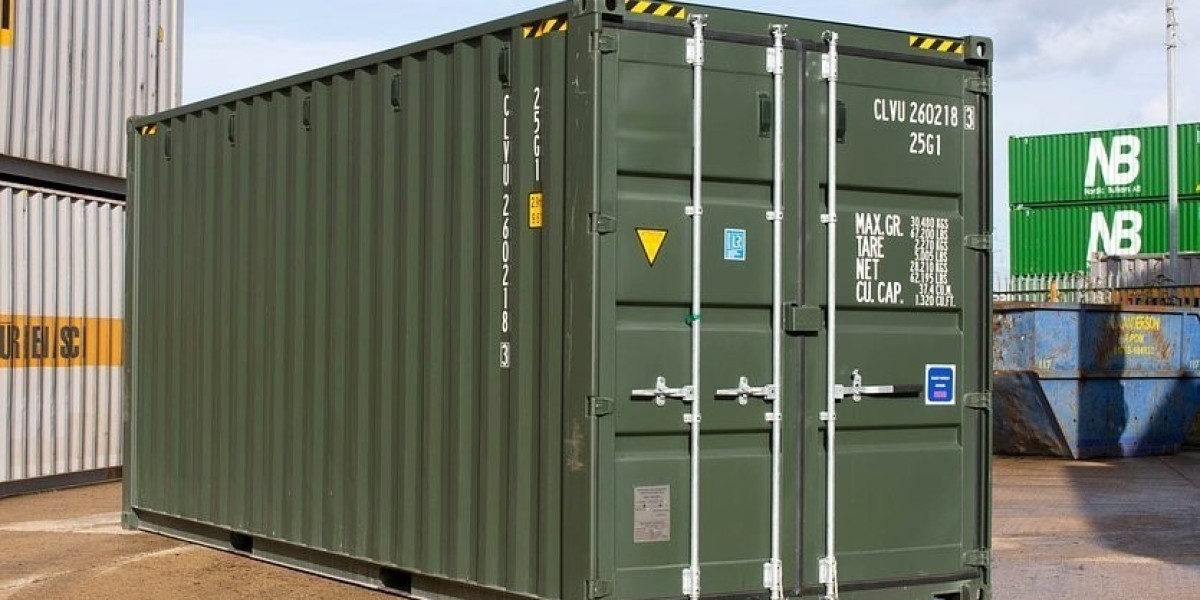They can manifest as streaks of light, unexpected color shifts, or overall fogging on your negatives, ruining otherwise perfect shots. But don't despair! Many light leaks are easily fixable with a bit of detective work and some simple tools. This guide will walk you through some easy ways to identify and fix light leaks in your film camera.
1. Identifying the Culprit:
Before you start patching things up, you need to pinpoint the source of the leak. Common culprits include:
- Camera Body Seals: The light seals around the camera back, door, and other openings can deteriorate over time, allowing light to seep in.
- Lens Mount: A loose or improperly attached lens can create gaps that let light through.
- Shutter: A faulty or damaged shutter can expose the film even when it's supposed to be closed.
- Film Canister: While less common, light leaks can sometimes occur around the film canister itself.
2. The "Test Roll" Method:
The best way to confirm a light leak and its location is with a test roll. Load your camera with an inexpensive roll of film and shoot it under various lighting conditions, paying particular attention to bright light sources. After shooting, leave the film in the camera for a few days before developing it. This will give any potential leaks time to affect the film. When you get the negatives back, examine them carefully for streaks, fogging, or other anomalies. The pattern of the leaks can often give you clues about their source.
3. Checking the Light Seals:
The light seals are usually made of foam or yarn. Over time, they can become brittle, sticky, or simply disintegrate.
- The Fix: Carefully inspect the seals around the camera back, door, and mirror (if applicable). If they look worn or damaged, they'll need to be replaced. You can find replacement light seal kits online or at camera stores. Replacing them involves carefully removing the old seals and applying the new ones. There are many tutorials available online that demonstrate the process for specific camera models.
4. Inspecting the Lens Mount:
A loose lens mount can be a significant source of light leaks.
- The Fix: Make sure your lens is securely attached to the camera body. If it feels loose, tighten it gently. If the problem persists, check the lens mount for any damage or misalignment.
5. Examining the Shutter:
A faulty shutter can be a more complex issue.
- The Fix: Listen to the shutter as you fire it. Does it sound consistent and even? If it sounds sluggish or uneven, the shutter may need professional repair. You can also try testing the shutter speeds to see if they are accurate. However, shutter repair is generally best left to a qualified camera technician.
6. Addressing Film Canister Leaks:
Leaks around the film canister are less common but can still occur.
- The Fix: Make sure you are loading the film correctly and that the canister is properly seated in the camera. Avoid exposing the film canister to bright light unnecessarily.
7. DIY Light Seal Replacement:
Replacing light seals is often a DIY-friendly project.
- Tools: You'll typically need a light seal kit (pre-cut foam or yarn), a small flat-head screwdriver or tweezers to remove the old seals, and some contact cement or glue (if the kit doesn't have adhesive backing).
- Process: Carefully remove the old seals, clean the area, and then apply the new seals. Make sure they are properly positioned and securely attached.
8. Professional Camera Repair:
For more complex issues, such as shutter problems or significant damage to the camera body, it's best to seek professional camera repair. A qualified technician can diagnose and fix the problem correctly, ensuring your camera is back in working order.
9. Prevention is Key:
To prevent future light leaks:
- Store your camera properly: Keep your camera in a camera bag or case when not in use.
- Regularly inspect your camera: Check the light seals and lens mount periodically for any signs of wear or damage.
- Avoid extreme temperatures: Extreme heat or cold can damage the light seals.
By following these tips, you can easily identify and fix most light leaks in your Film Processing, allowing you to capture beautiful, leak-free images. Don't let light leaks ruin your film photography experience – take control and keep your camera in top condition!









